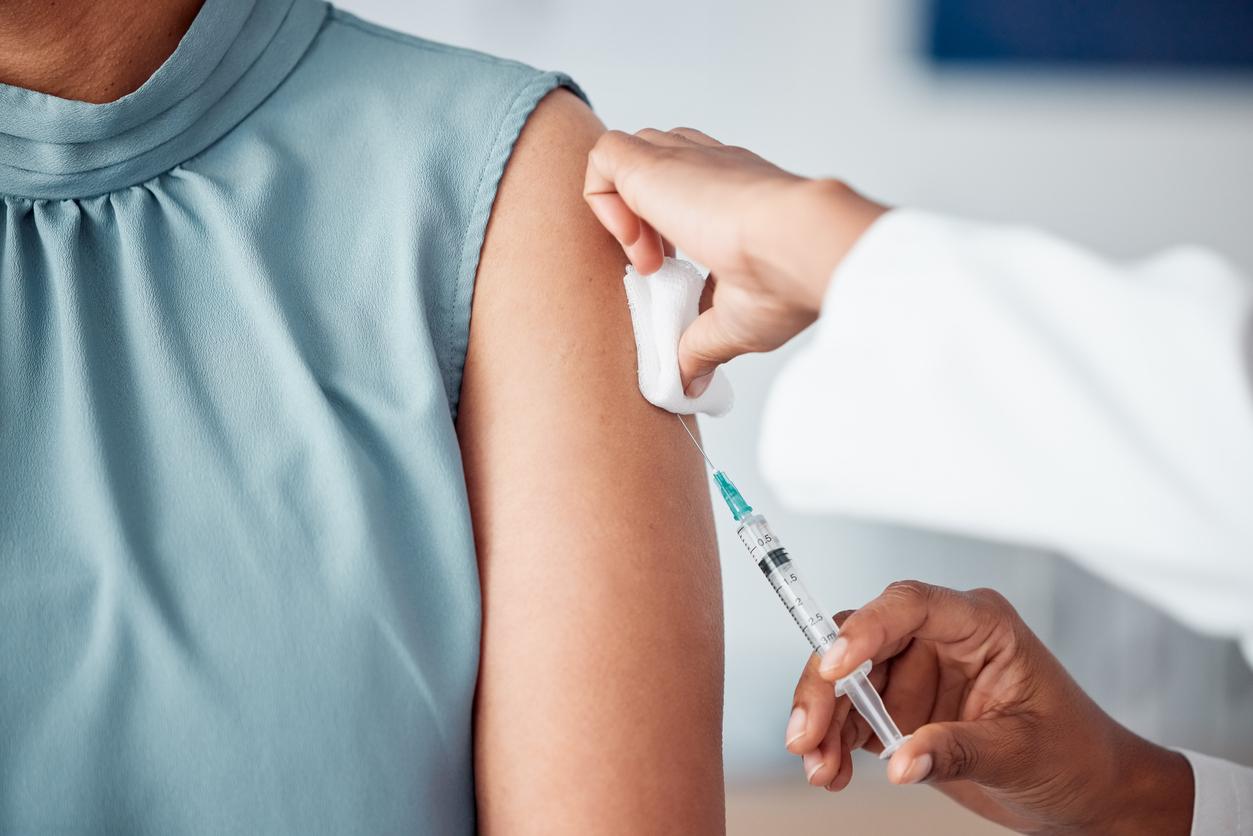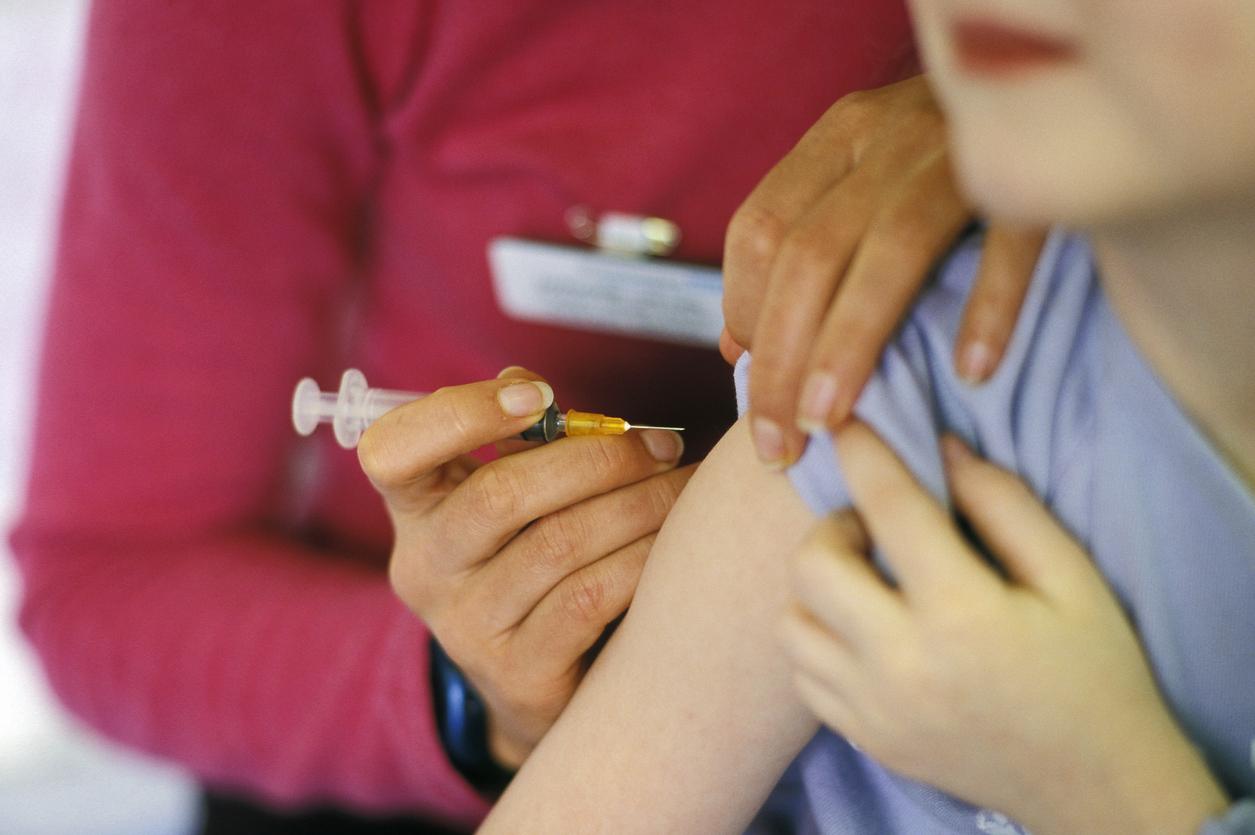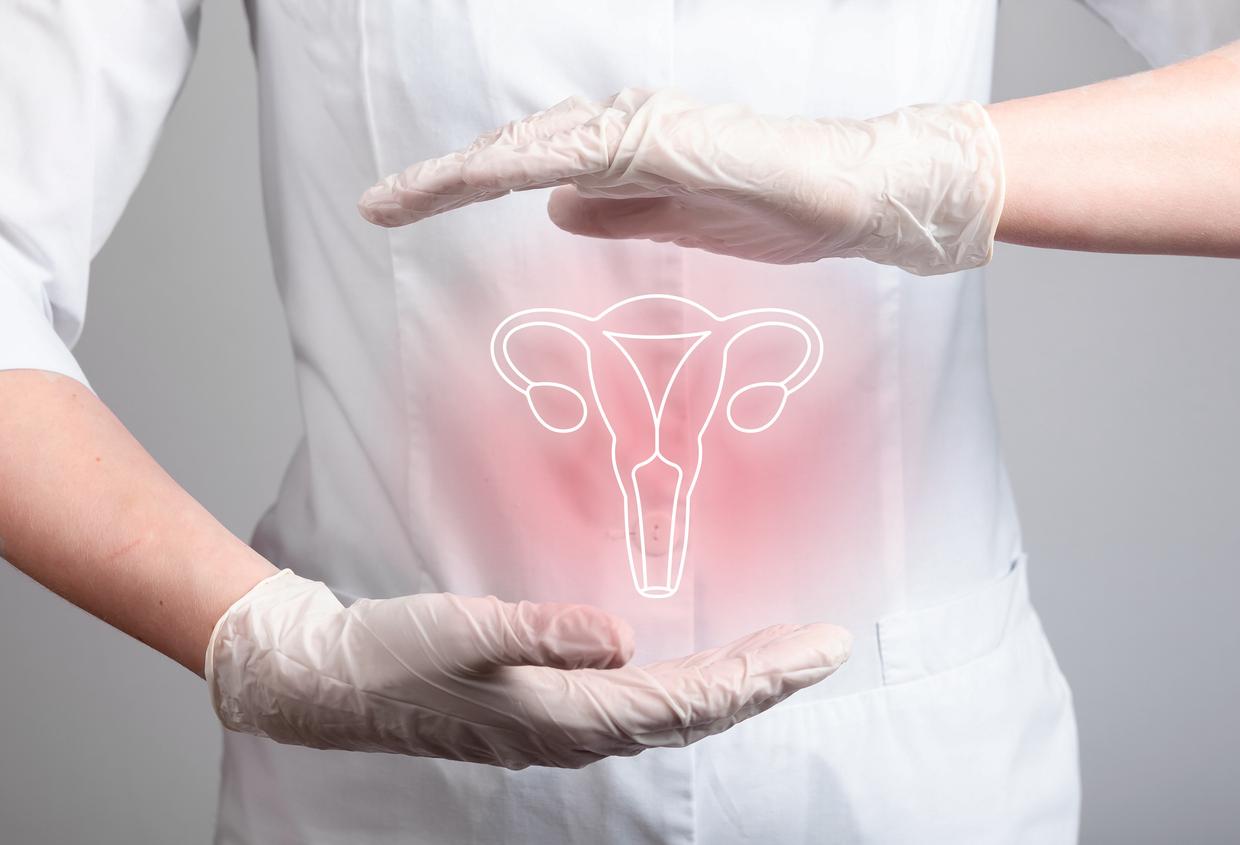The new model of health record, unveiled Monday March 5 by the Ministry of Health, will be distributed to parents from April 1, 2018. A welcome development given the evolution of society … and children.

The new health record was designed to “take into account scientific advances and the expectations of health professionals and families”, indicates the ministry of Agnès Buzin.
From April 1, parents will be able to find information on the 11 vaccinations now mandatory, their child’s new growth chart and up-to-date educational advice.
Mandatory vaccines
Since January 1, 2018, to the three vaccines already mandatory (diphtheria, tetanus and polio) have been added eight others, namely: haemophilus influenzae B, pertussis, hepatitis B, measles, mumps, rubella, meningococcus C and pneumococcus.
All are covered 100% by Social Security, and are done via ten injections in two years. The aim of such a measure is to fight against the return of disappeared diseases such as measles, responsible for the death of 10 French children since 2008.
The new model of the #health enters into force on April 1 with:
? New growth curves
? Up-to-date prevention advice
The new vaccine recommendations.???? Read the press release: https://t.co/Jf2KoXSUip
? info https://t.co/diZ5fO9E3a pic.twitter.com/viJUT4C7DV– MinSolidaritésSanté (@MinSoliSante) March 5, 2018
New growth curves
The growth curves, established in 1979, have been modified from the monitoring of 261,000 children, in order to take into account the fact that today’s small sapiens are on average heavier and larger than those of yesterday. “A 10-year-old girl measures today on average 1.39cm against 134m in the old curves, a two-year-old boy 88cm against 86cm. At six years old, he reached 1.18 m, against 1.14 m previously ”, details the voice of the North. The growth of girls and boys is also differentiated, even before the age of three, unlike the 2006 edition of the health record.
Educational and prevention advice
New educational advice is given to parents living in environments recently identified as dangerous or toxic for children, and who do not always have the right reflexes. It is necessary, for example:
– prohibit the use of bed bumpers in cribs.
– avoid putting a child in a room where the television is on before the age of three;
– place the baby’s bed in the parents’ room for at least the first six months to reduce the risk of unexpected infant death;
– consult a pediatrician in the first days of the baby’s life;
– use bottles guaranteed without BPA (bisphenol A) and if possible in glass;
– ventilate its interior every day, even in winter;
– reduce the number of cleaning products in favor of single-component products (alcohol vinegar, black soap, etc.) at moderate doses;
– refrain at all costs from shaking a baby. In case of exasperation: put the baby in his bed (on his back), leave the room and ask for help from a relative (family, friend, neighbor, etc.) or a professional.
Child mortality rate
Europe includes the countries with the lowest infant and child mortality rates in the world, “but under-five mortality is 25 times higher in countries with the highest death rates. higher than in the countries with the lowest rate ”, specifies theWorld Health Organization (WHO).
Neonatal ailments and complications (prematurity, septic accident, birth asphyxia, etc.), trauma, pneumonia and even diarrhea are the main causes of death in children under five.
More than a million European children do not receive all the vaccinations planned to date, even though vaccination coverage is high overall. 90,000 cases of measles and 70,000 cases of rubella have been reported in the past three years.
.

















